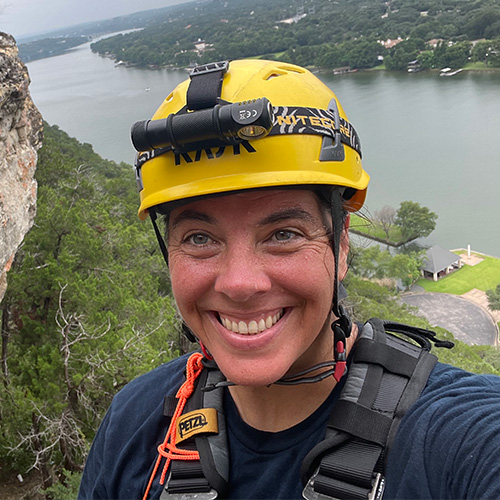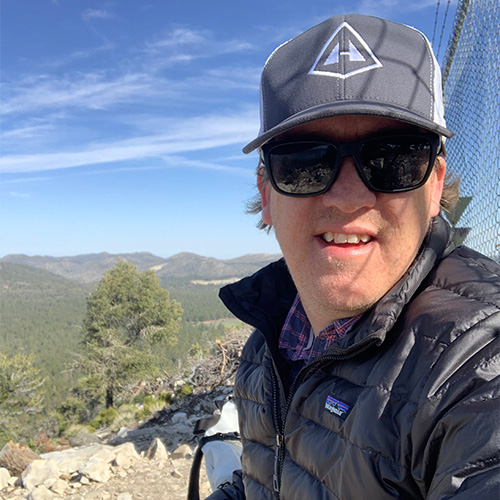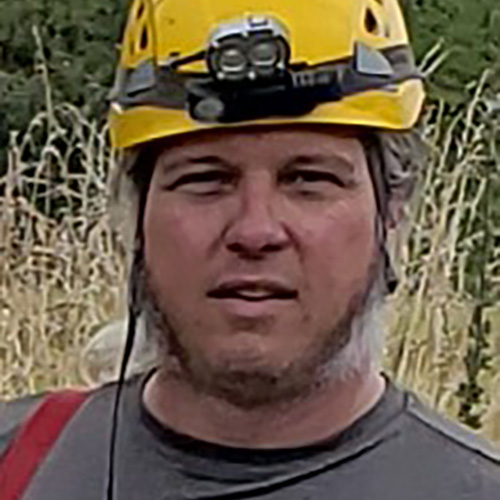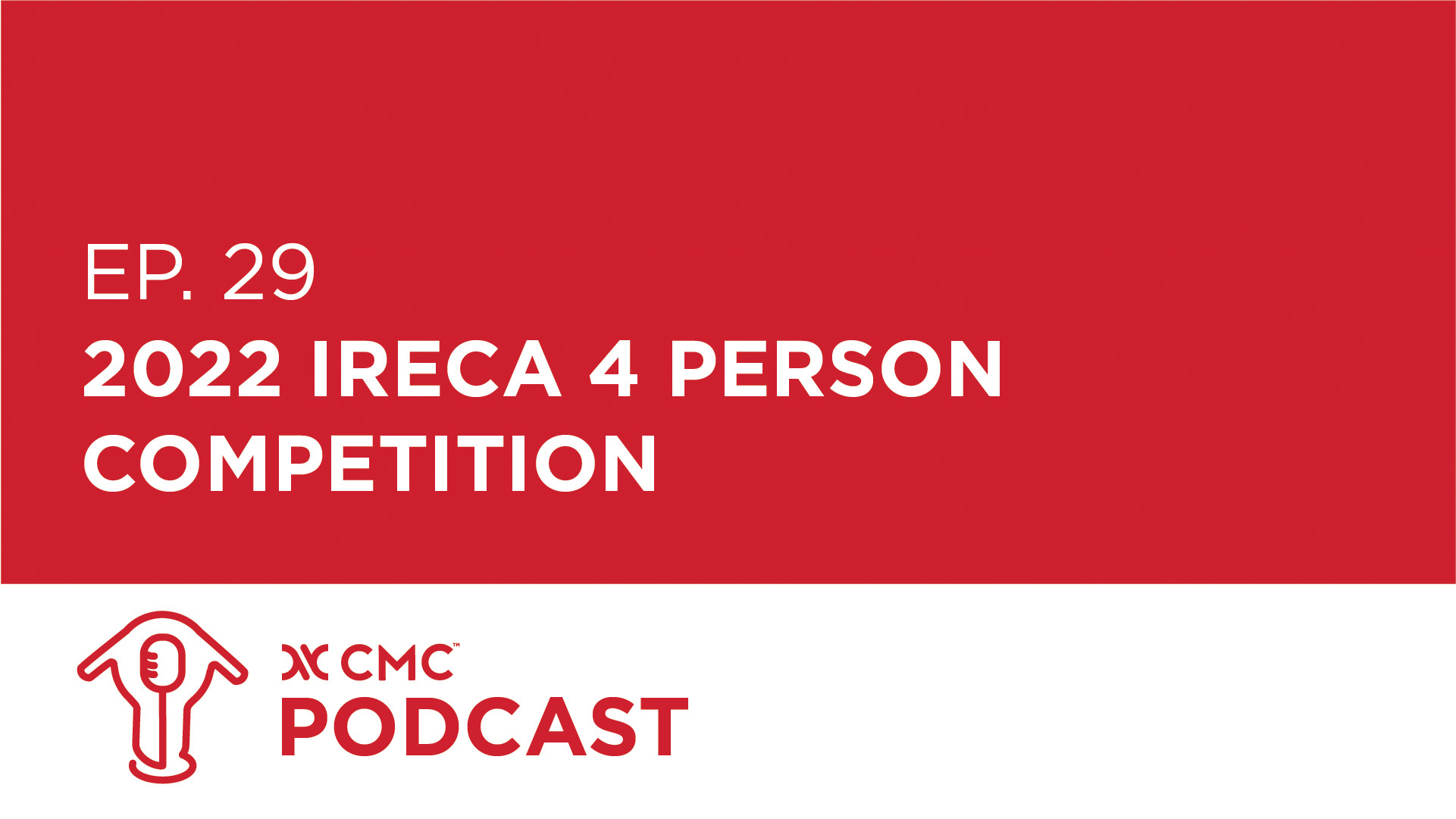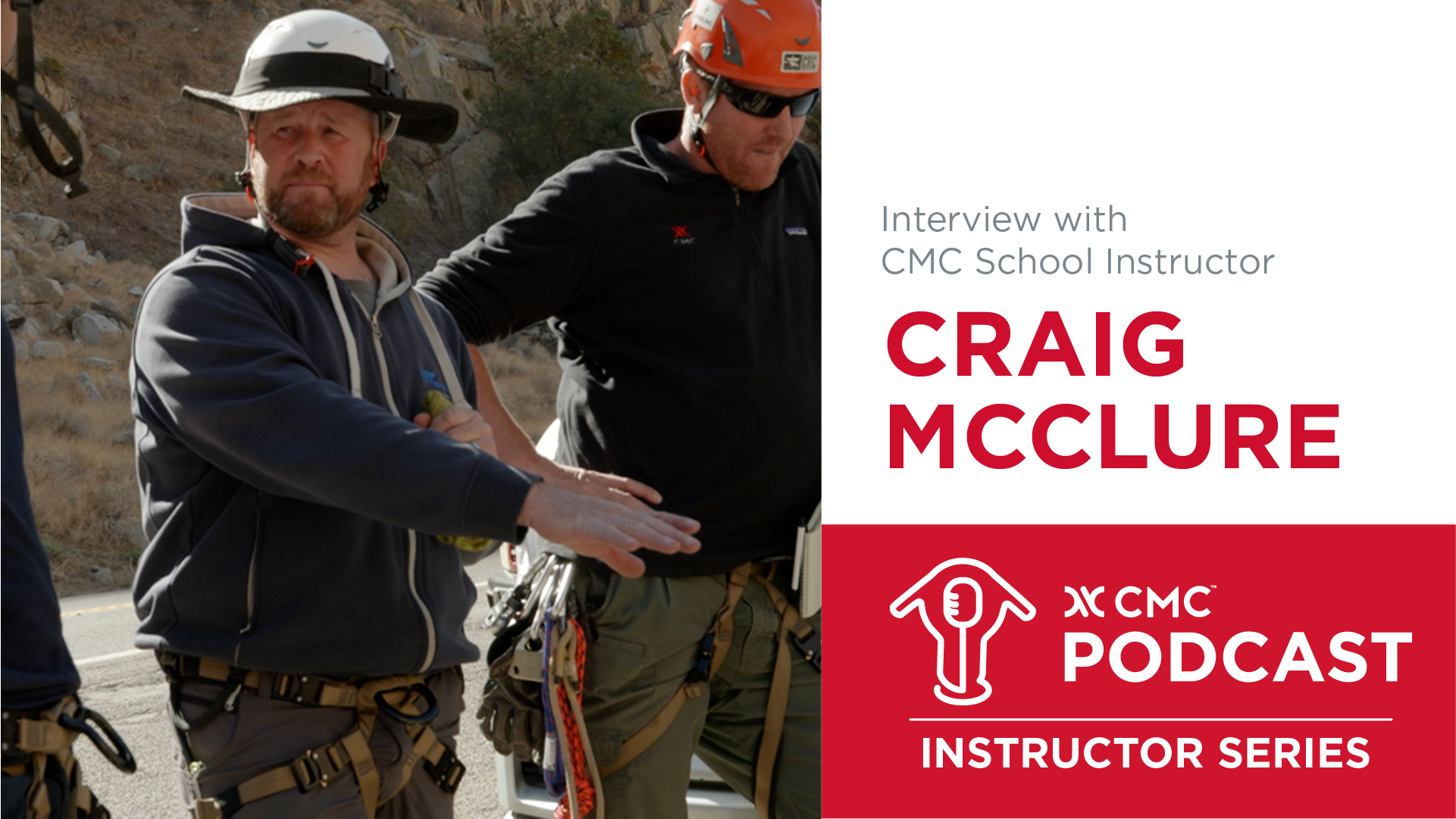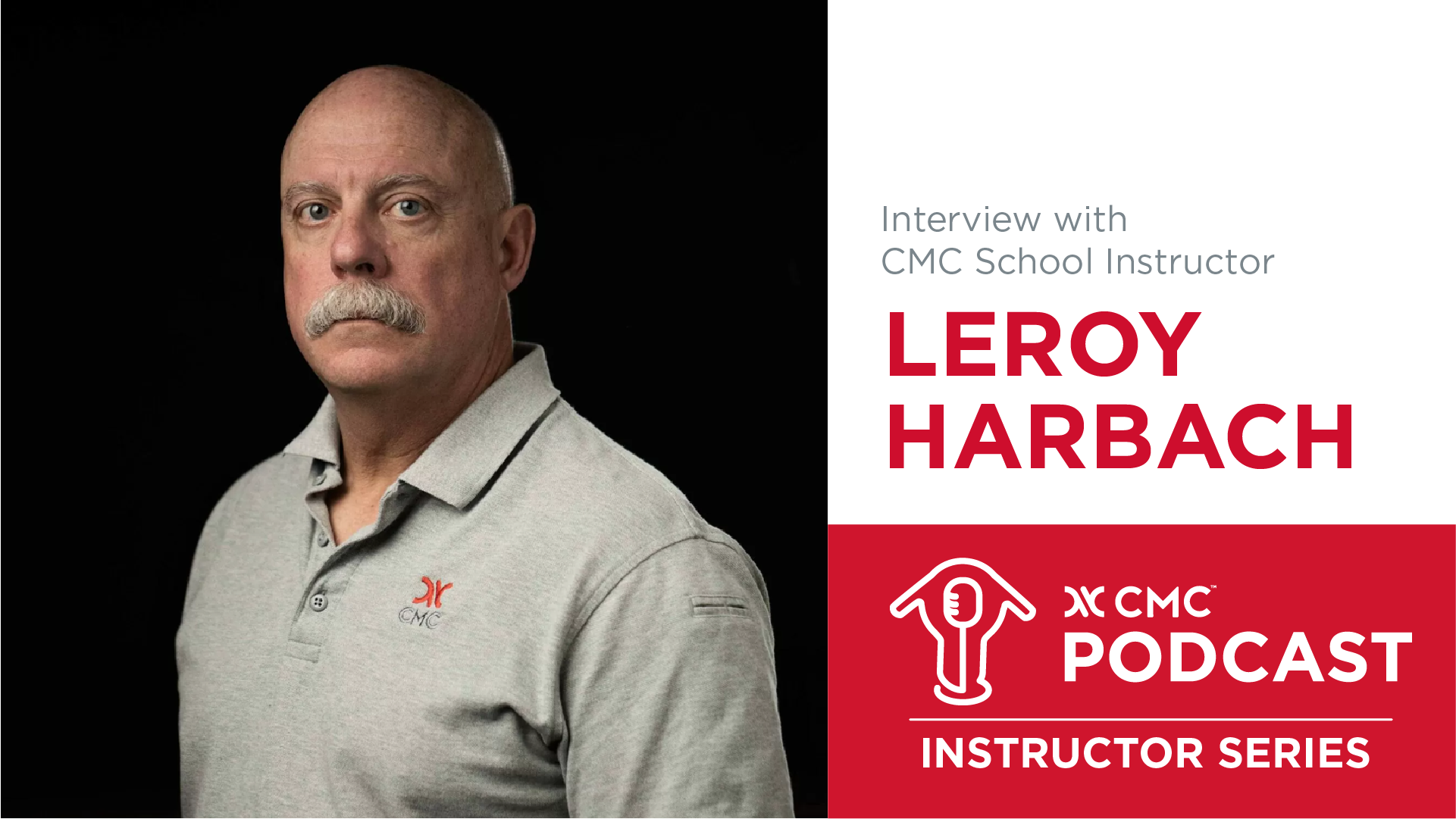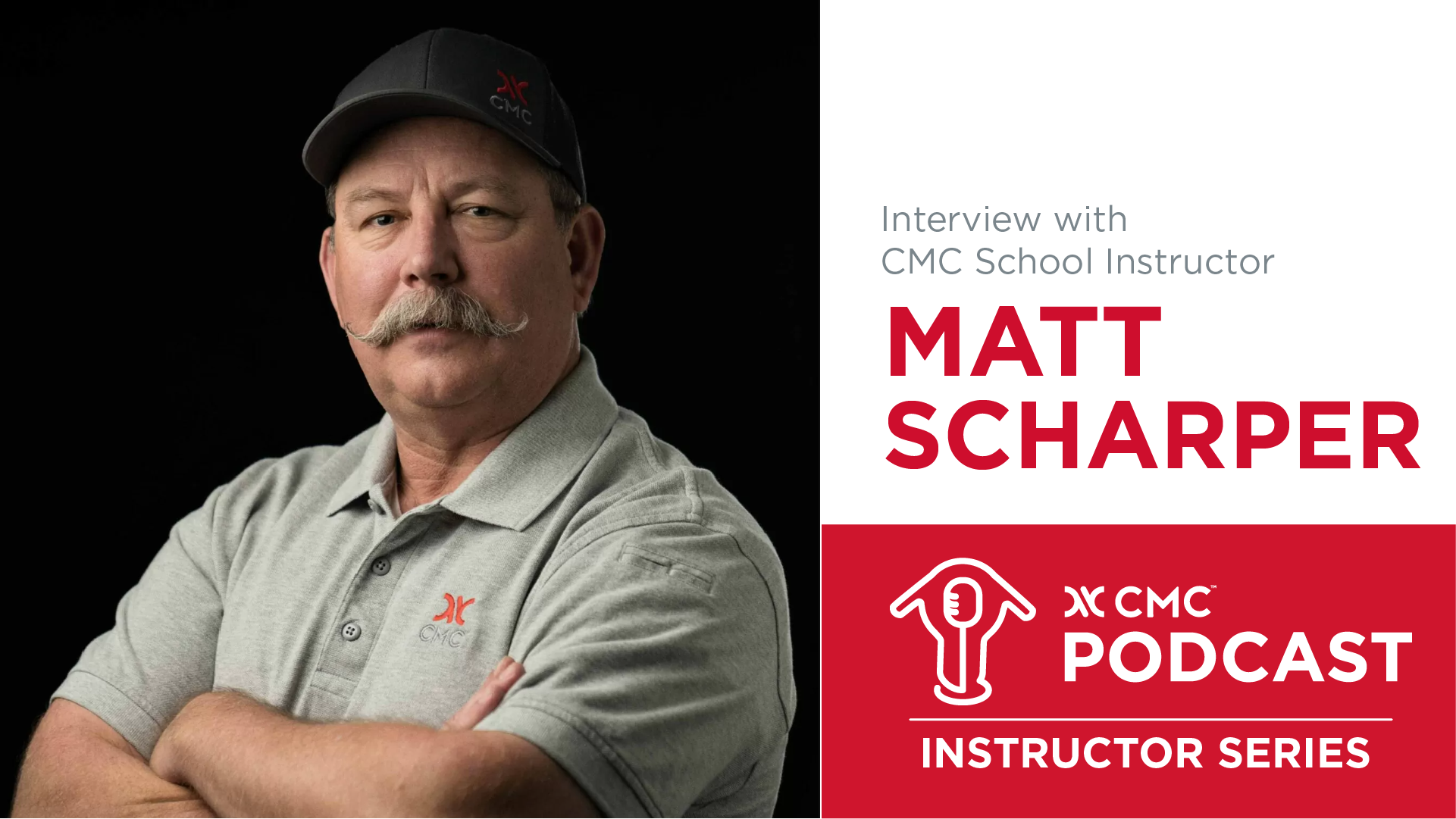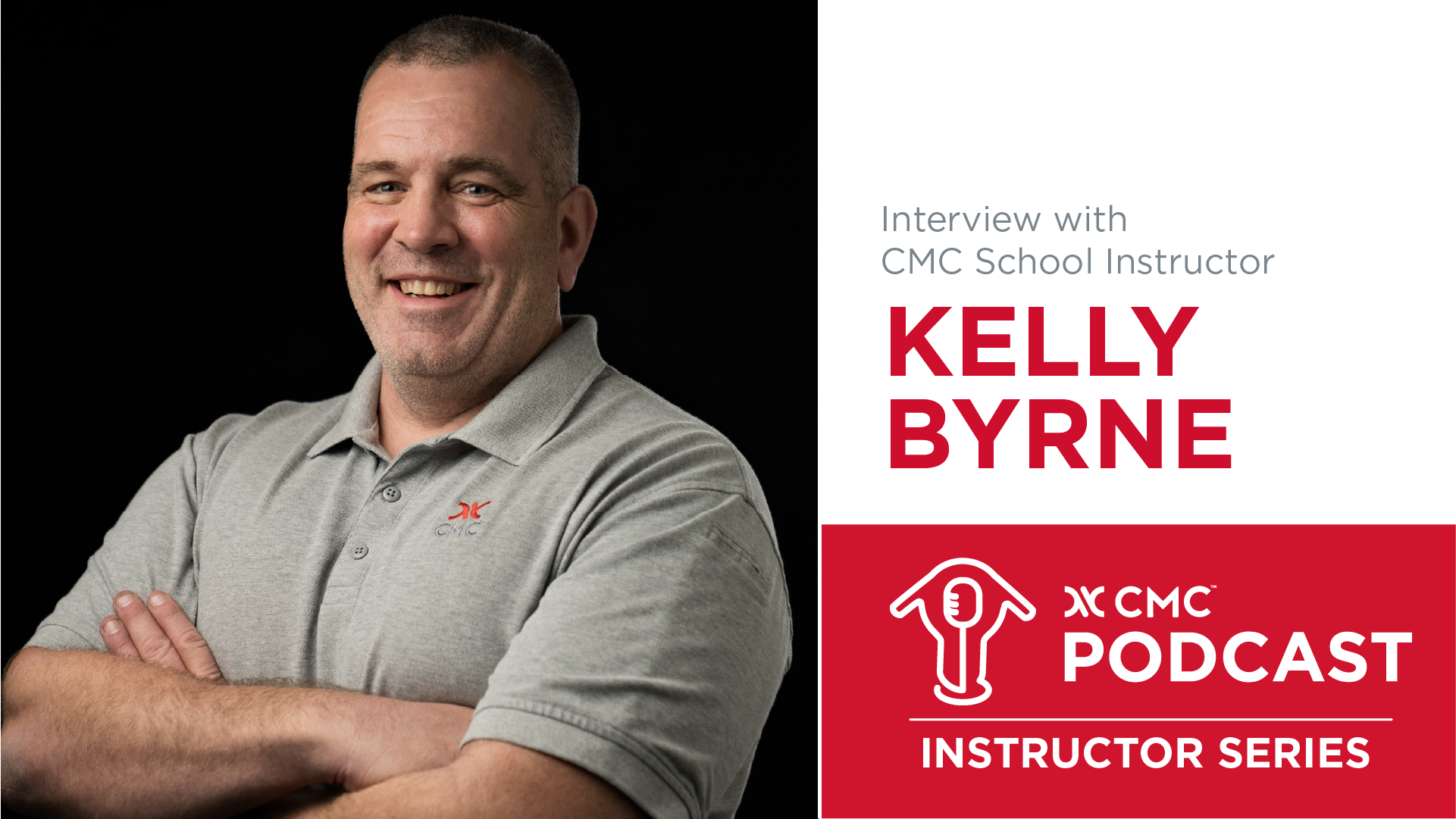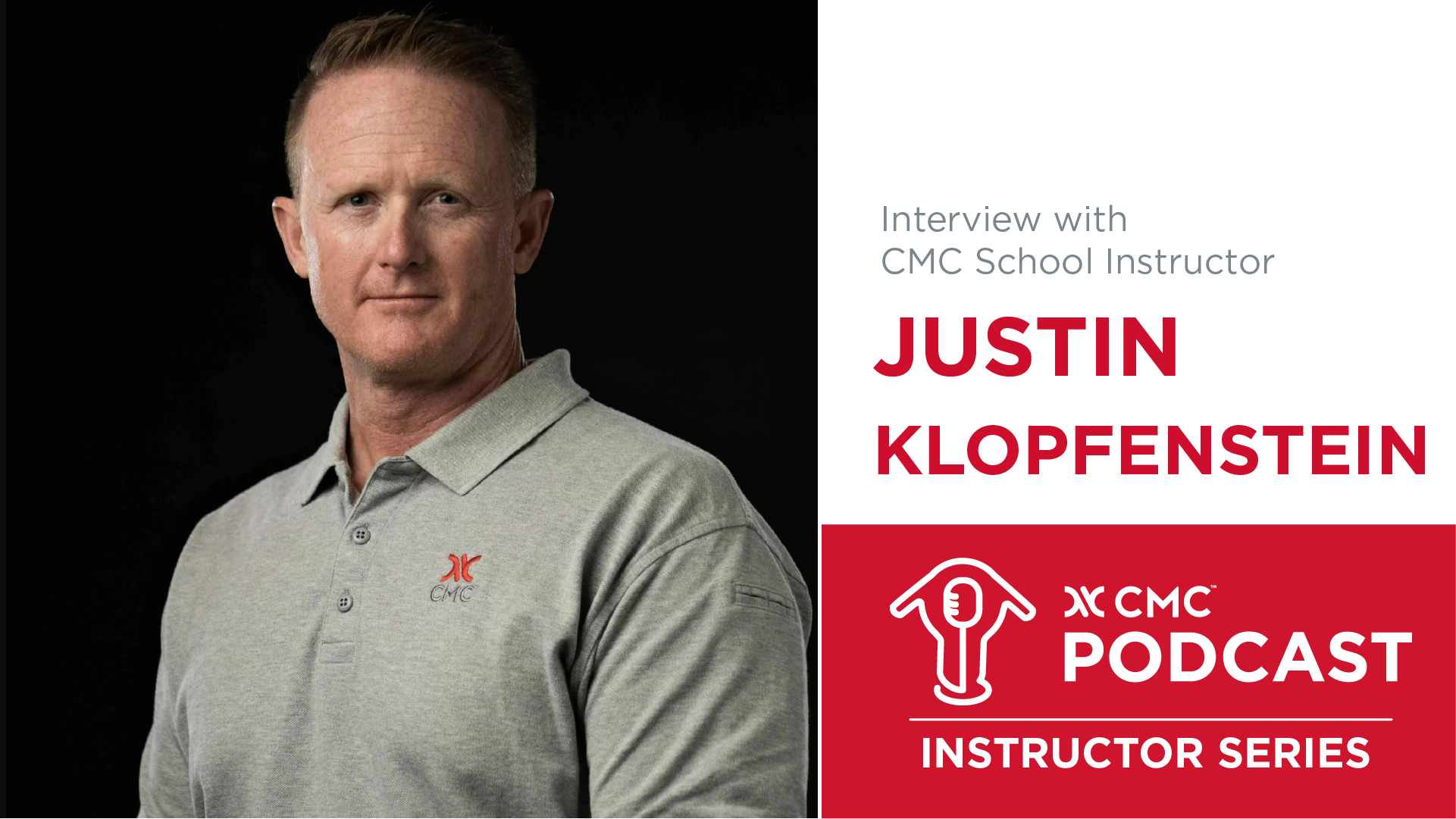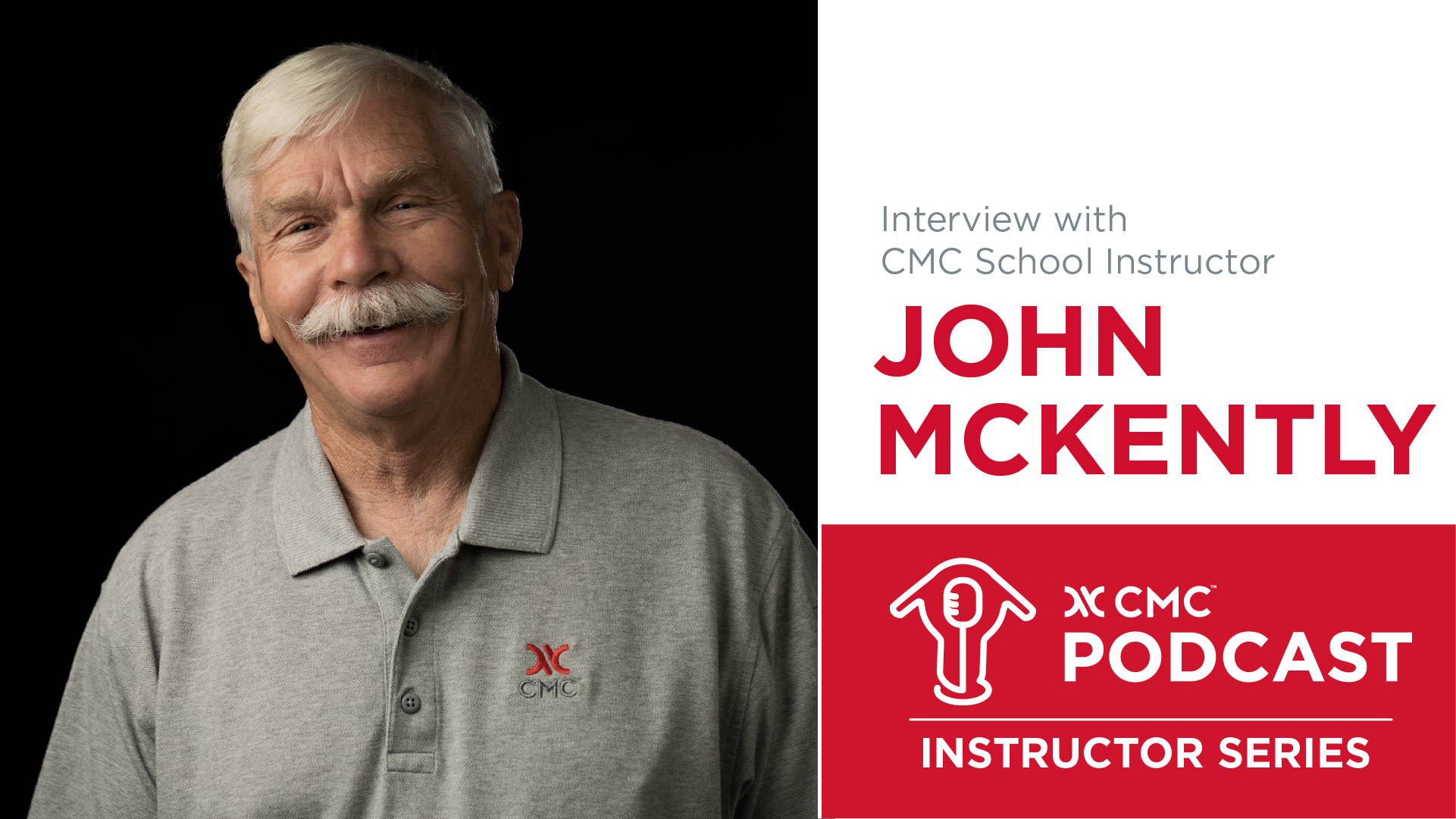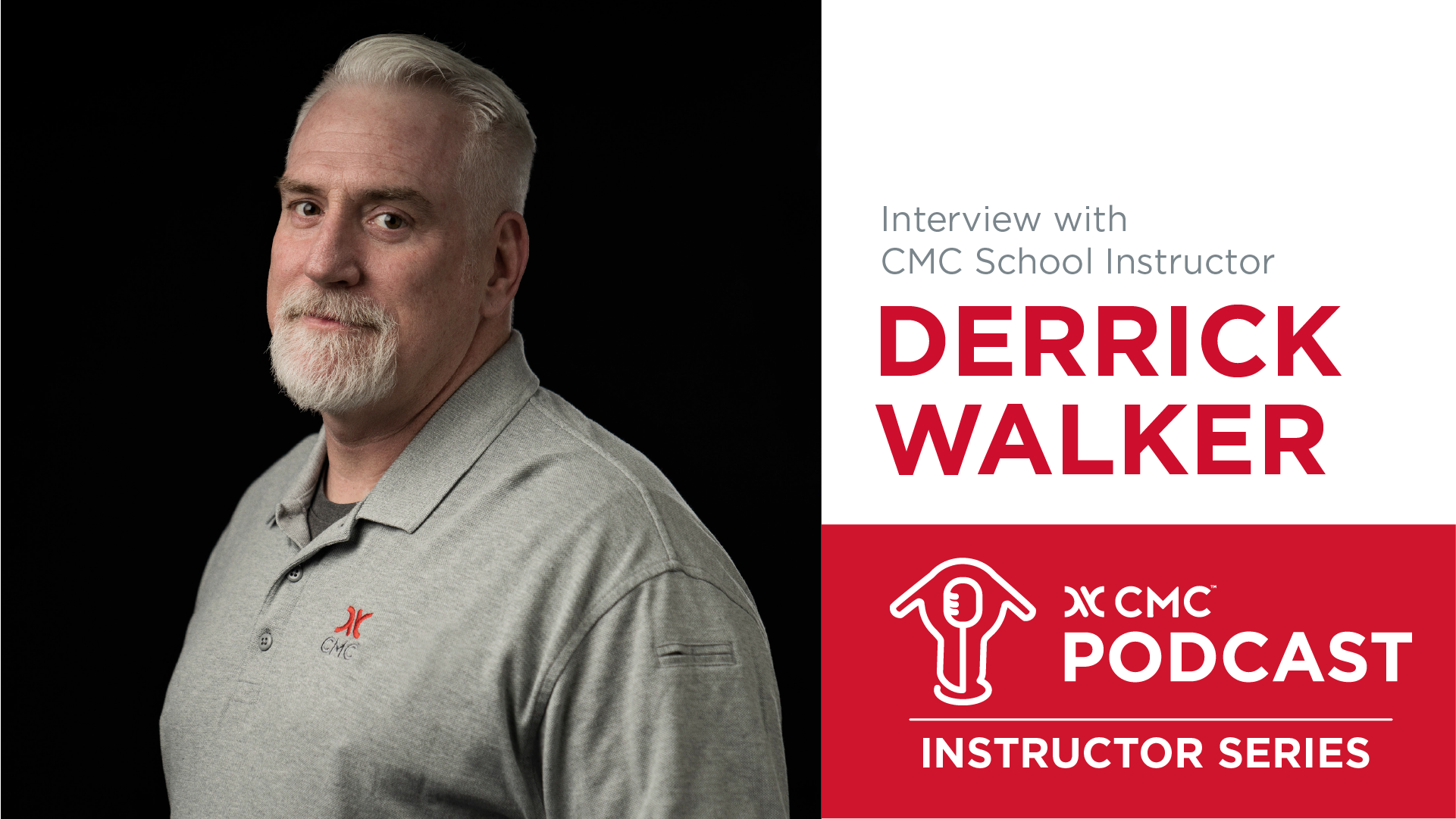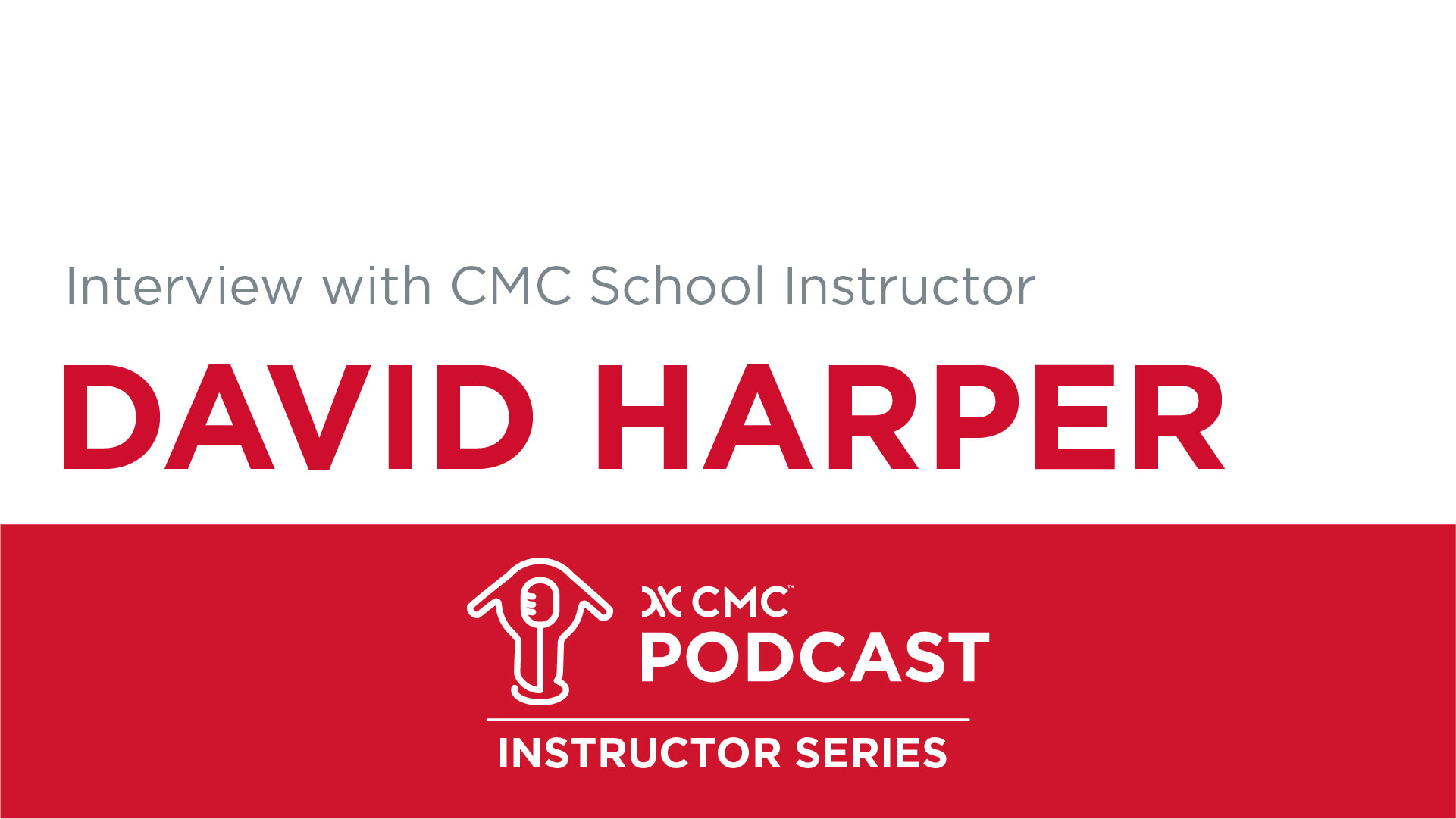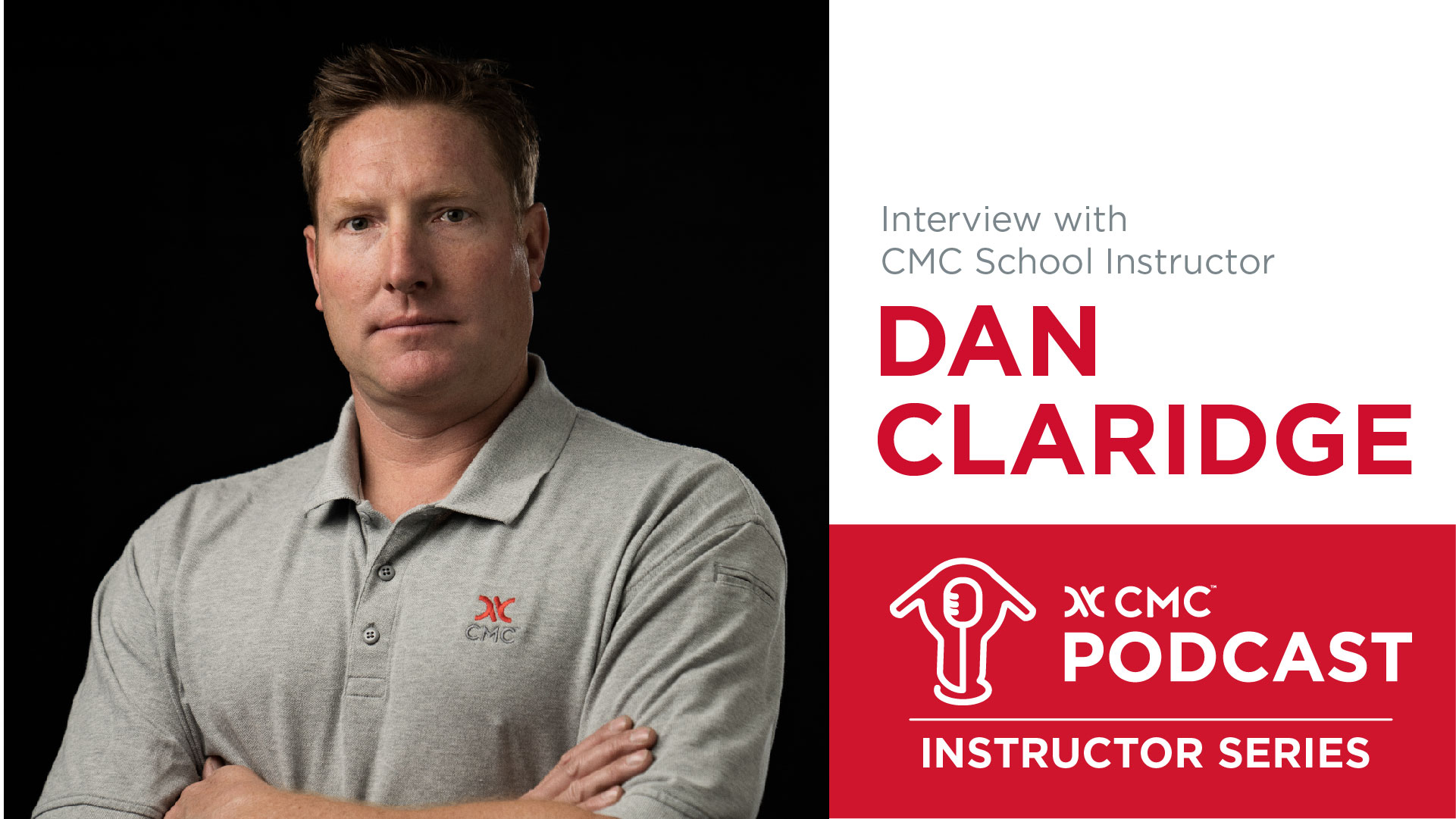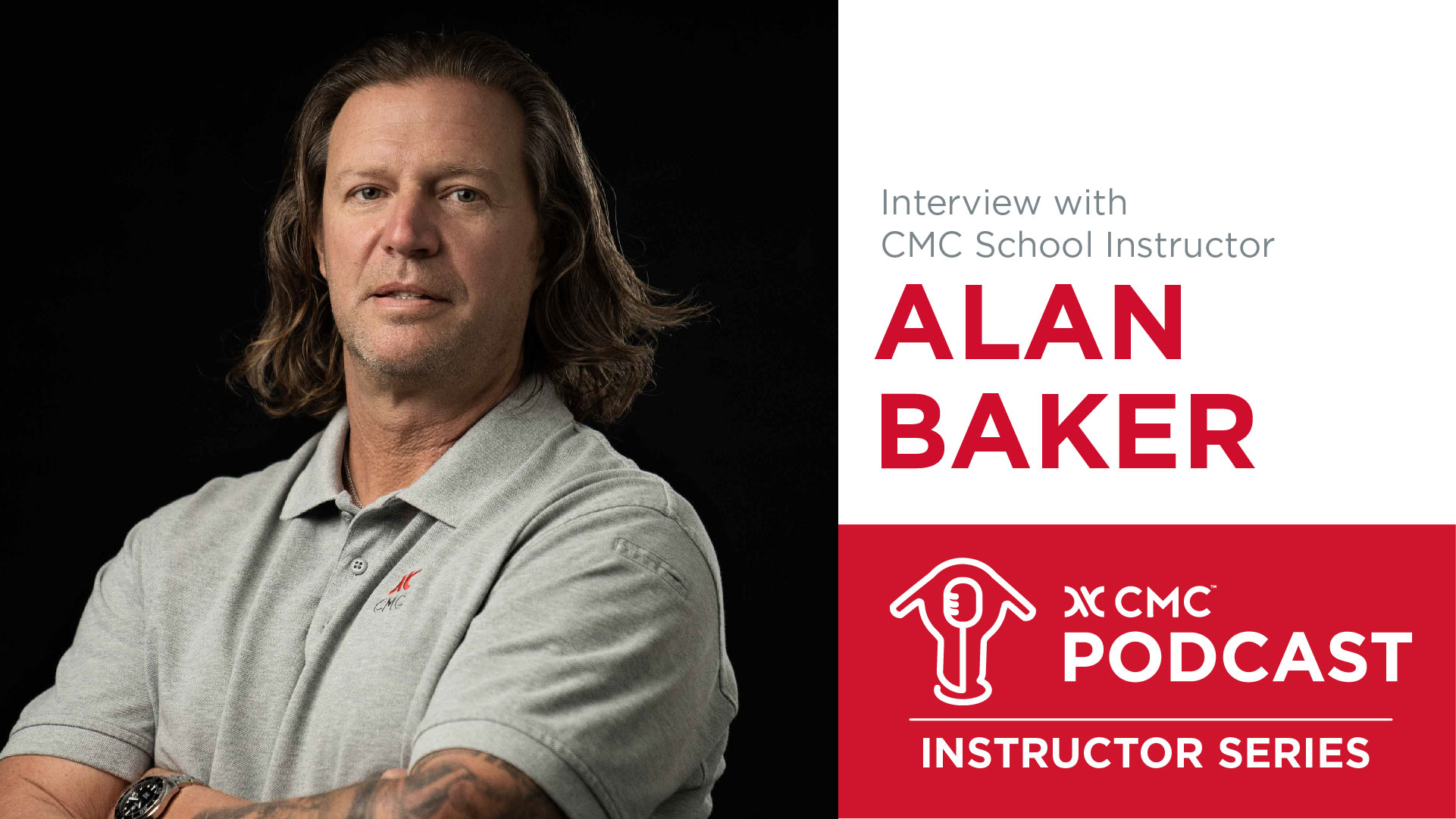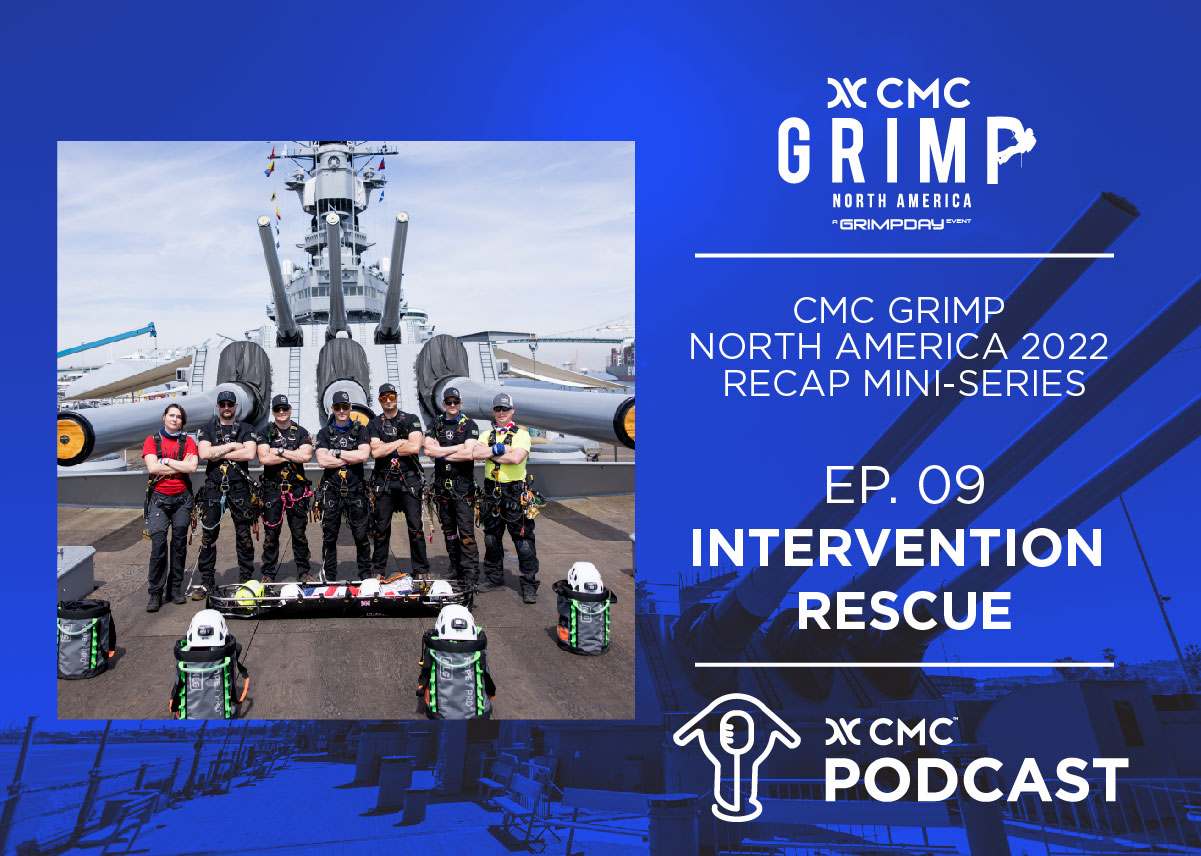
Episode 25 - Cave Rescue
Contributors in this Episode
Summary:
Many innovations in technical rescue have stemmed from the cold, wet, dark and challenging conditions of caves. These environments make for unique rescue scenarios that require creative solutions with minimal amounts of gear.
In this episode Doug McElmury hosts a roundtable discussion with Carrey Bull, Justin Wheaton, Tim White and Andy Armstrong about some of the unique challenges that cave rescue teams encounter including: communication, patient packaging, equipment, navigation and training.
Topics Discussed:
0:08 Introductions with Tim White, Andy Armstrong, Carrey Bull and Justin Wheaton.
5:10 What are the different types of caves and specific challenges that come with those in guests region?
18:45 What are the different methods you have to communicate underground.
23:10 What are some of the different methods of patient packaging you use?
33:56 What are your go-to pieces of equipment in cave rescue?
48:08 How do you navigate underground in a cave?
50:55 What is the NCRC? (National Cave Rescue Commission of the National Speleological Society)
Join the Conversation
We appreciate listener feedback. Please let us know if you have any questions or topics you’d like covered in future episodes of the CMC Podcast. You can also email us at podcast@cmcpro.com
Important Warning
- Many of the activities discussed in this podcast pose a very substantial risk of serious injury or death.
- Products and techniques discussed in this podcast are intended for use by specially trained professionals.
- Technical rescue, rappelling, climbing and the training involved are very hazardous activities. Each situation has its own unique conditions and must be evaluated by those present. Effective risk management comes from experience, proper training and good personal judgment.
- CMC is not liable for any damages arising from abuse or improper use of the techniques or equipment discussed in this podcast.
- Topics discussed are the ideas and opinions of each individual.
- Department protocol and regulations should always take precedent.

